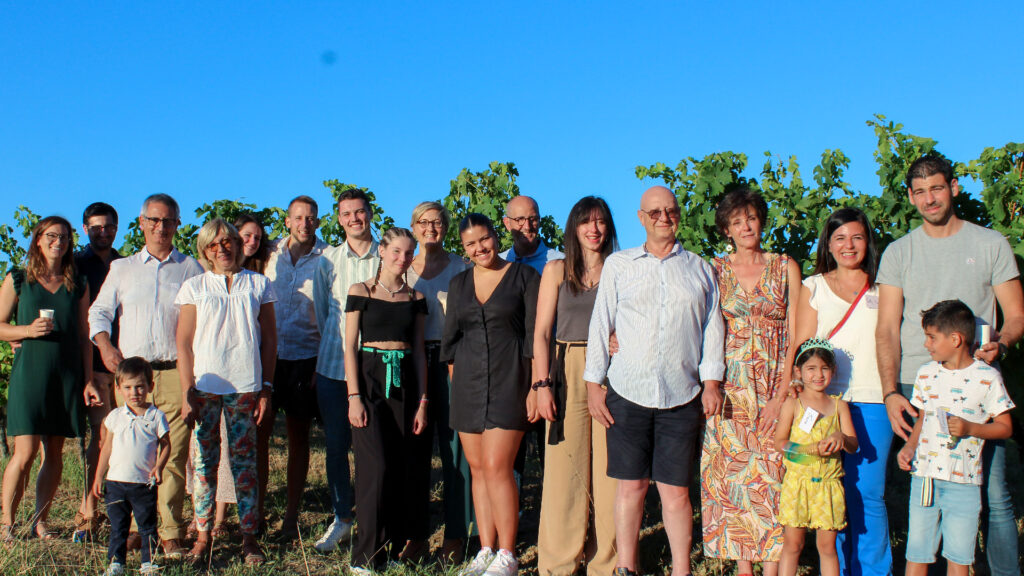For more than 100 years, our family estate has been able to preserve and transmit its know-how and passion for the vine from generation to generation.
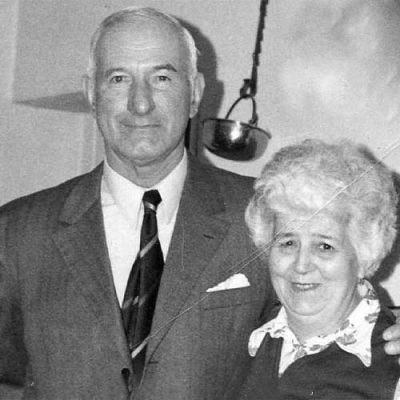
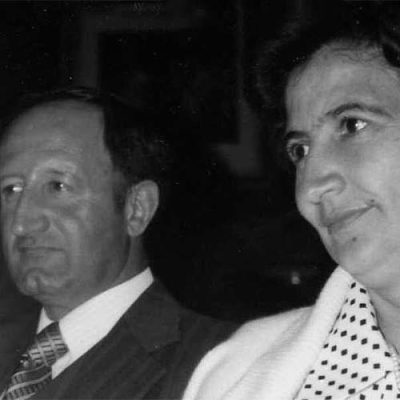
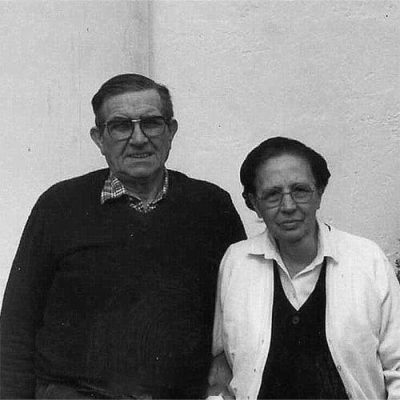
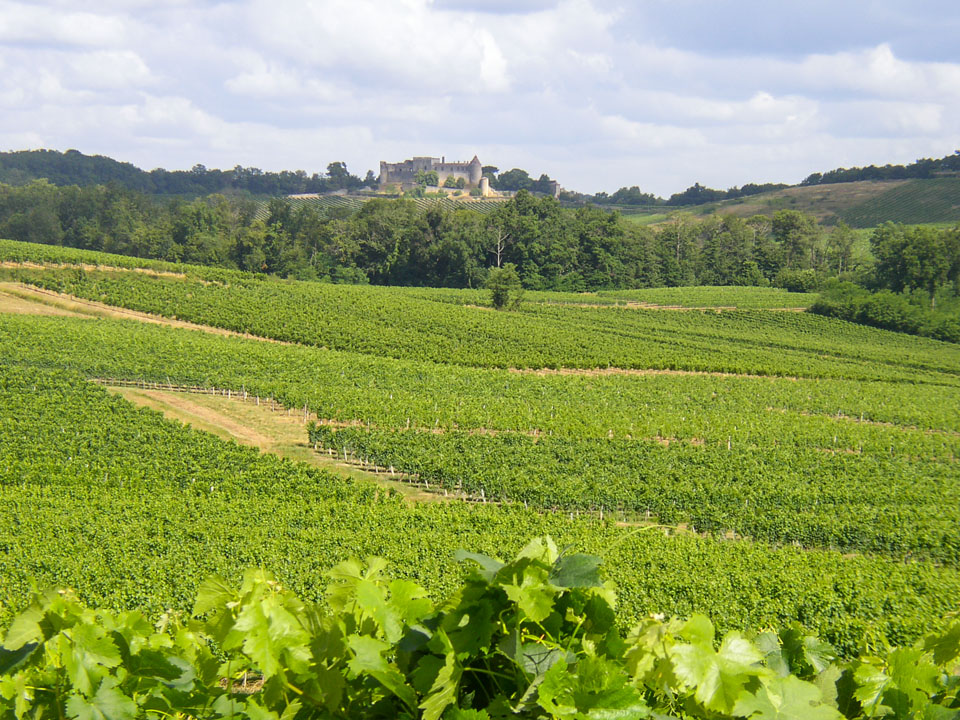
We are responsible for the production, development and marketing of our products. The tasting, selection and blending of the wines before bottling are the object of our greatest attention, which guarantees the authenticity and quality of our production.
1965
Purchase of the Château Pilet vineyard in Donzac.
1974
Jean and Yvette Queyrens take over their father’s family business (the Château du Pin-Franc) and develop direct sales to individuals.
1988
Creation of the Civil Society Vignobles Jean Queyrens et Fils following the death of Yvette. This is the official return of the children (Alain, Patrick and Christophe) who join Jean to continue the work of their parents.
1965
1974
1988
Purchase of the Château Pilet vineyard in Donzac.
Jean and Yvette Queyrens take over their father’s family business (the Château du Pin-Franc) and develop direct sales to individuals.
Creation of the Civil Society Vignobles Jean Queyrens et Fils following the death of Yvette. This is the official return of the children (Alain, Patrick and Christophe) who join Jean to continue the work of their parents.
The estate covers 65 hectares in the commune of Donzac in the Entre Deux Mers region, on the hillsides overlooking the right bank of the Garonne.
The vineyard is very hilly, which provides favourable natural drainage and well-exposed vines that benefit from maximum sunshine.
The grape varieties are chosen according to the nature of the soil and the exposure of the plots. 2/3 are red grape varieties (60% Merlot, 30% Cabernet Sauvignon and 10% Cabernet Franc) and 1/3 are white grape varieties (80% Semillon, 20% Sauvignon).
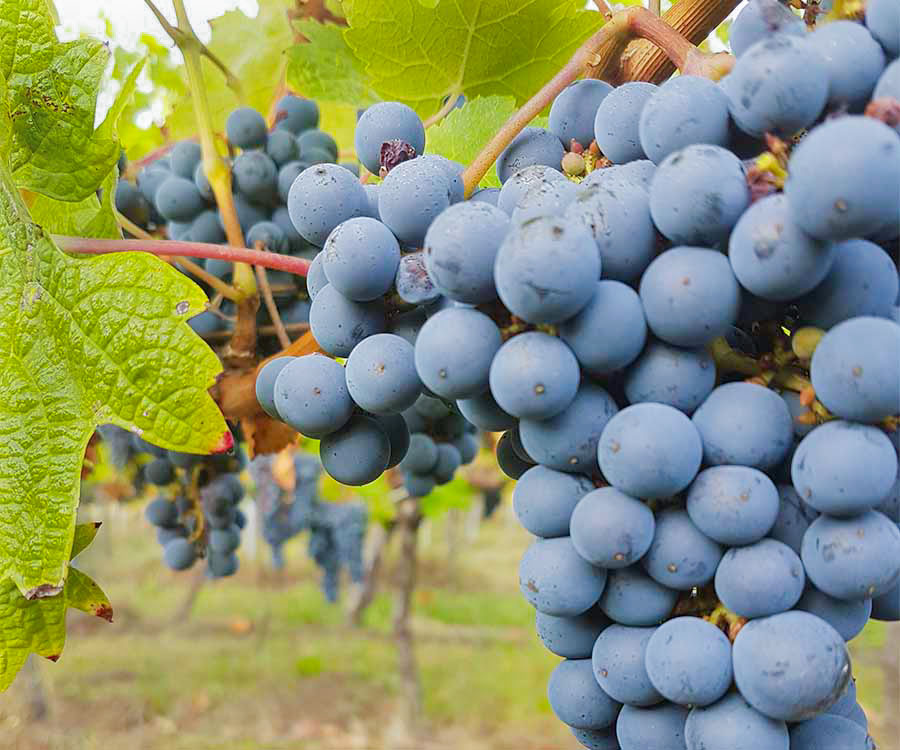
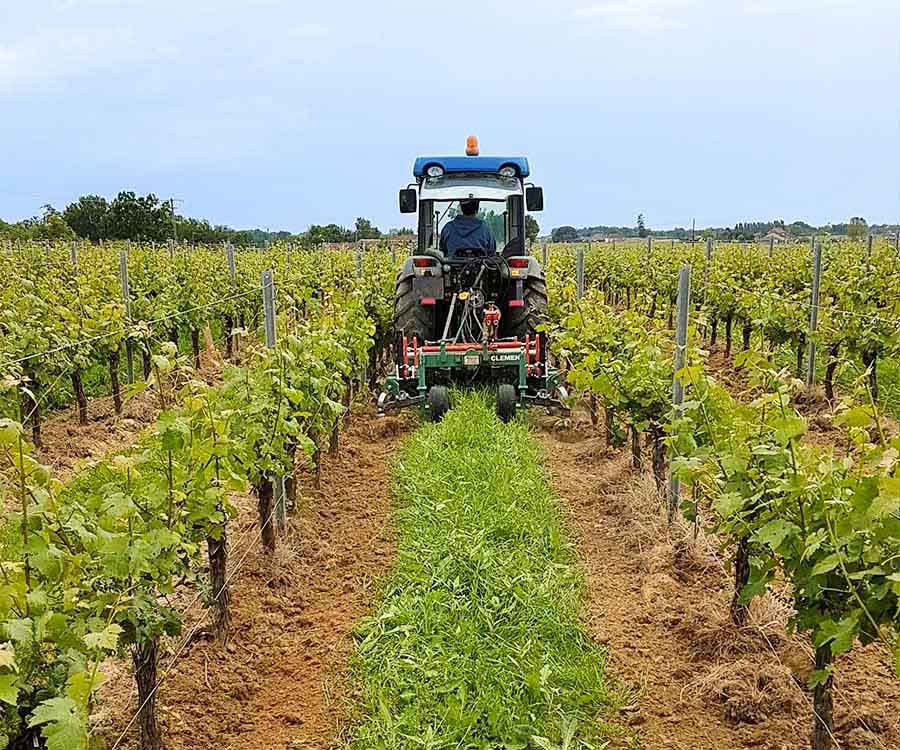
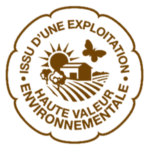
Our reasoned cultivation method, which serves the quality of the grapes, respects the vine and the environment:
– Thanks to a maintenance of the soil alternating with the shaping of the earth and the grassing of the rows.
– Bordeaux pruning with 2 fruit-bearing branches to balance the vine stock.
– Reasoned phytosanitary control according to parasite pressure.
– Thinning of the leaves on one side (rising sun or north side) when the bunch is formed to allow the grapes to be ventilated and exposed to the sun for better ripening.
– Monitoring of the ripening process in each plot.
We determine a harvest calendar by plot and by grape variety to harvest at the optimum ripeness.
The harvest generally begins with the crémants, with manual harvesting in crates to preserve the integrity of the berries until the press is filled. Then comes the turn of the dry whites and rosés, which are harvested mechanically.
Then the red Merlots reach maturity and are also harvested by machine. Finally, at the end of September, the morning mists combined with the sunshine of the day, allowed the development of noble rot (“botrytis”) on the Semillon grapes destined to produce the sweet wine.
Finally, the Cabernet Sauvignon grapes, which had finished maturing, were harvested mechanically.
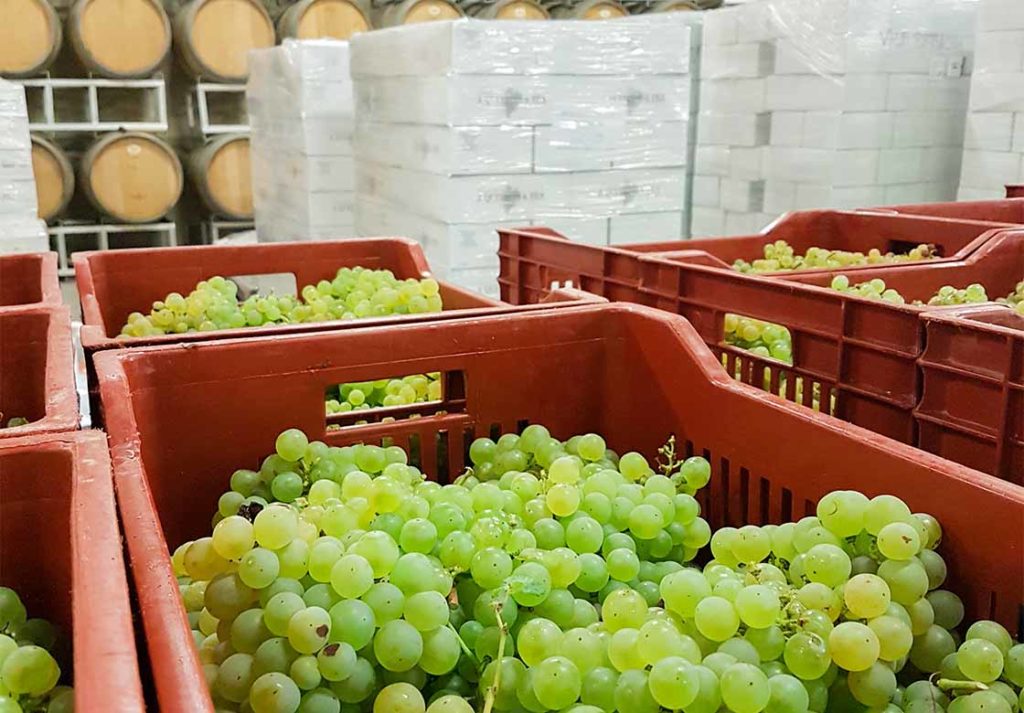
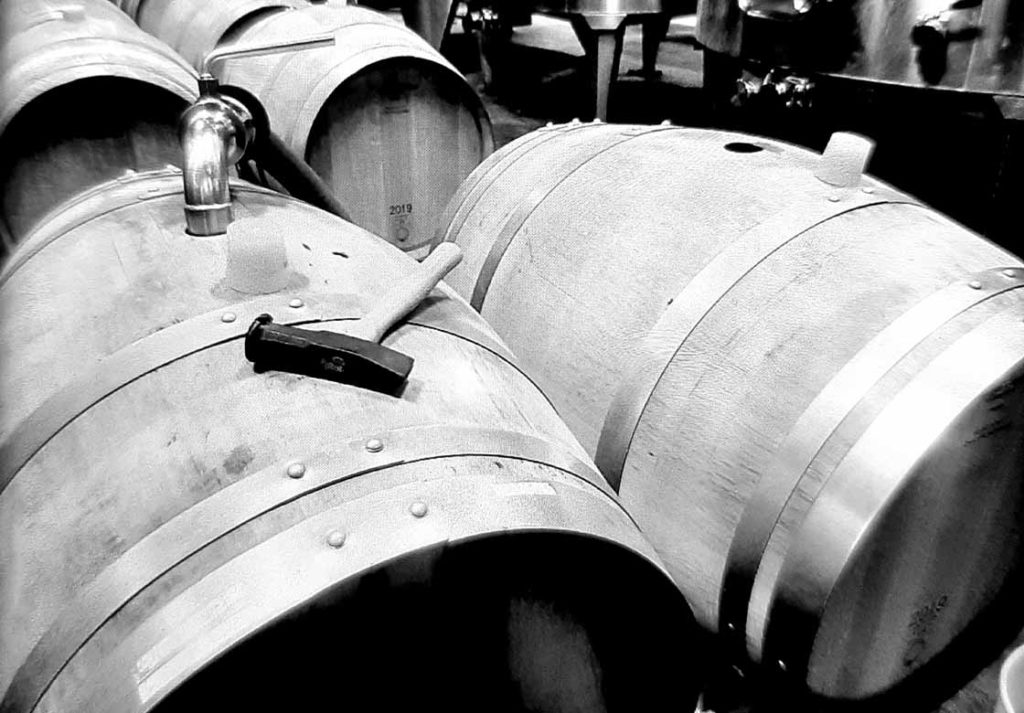
Our winery has undergone many improvements over the last 100 years, from concrete tanks, to stainless steel tanks, to better insulation and temperature control. And of course we now work with a pneumatic press to optimise our harvest.
In this way, traditional winemaking methods combined with modern, high-performance equipment allow us to optimise the aromatic expression and richness of the wines from each terroir. After a few months of maturing, the wines are clarified, blended and bottled at the château by us.

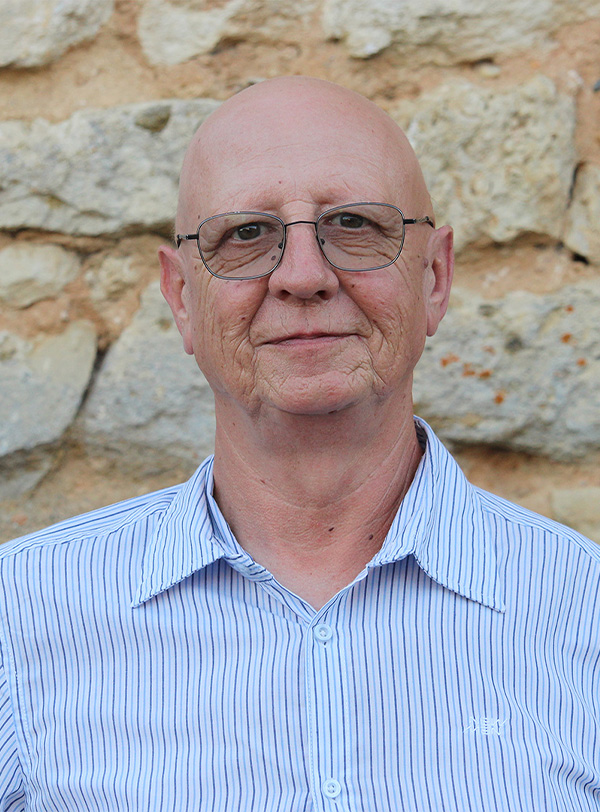
Patrick
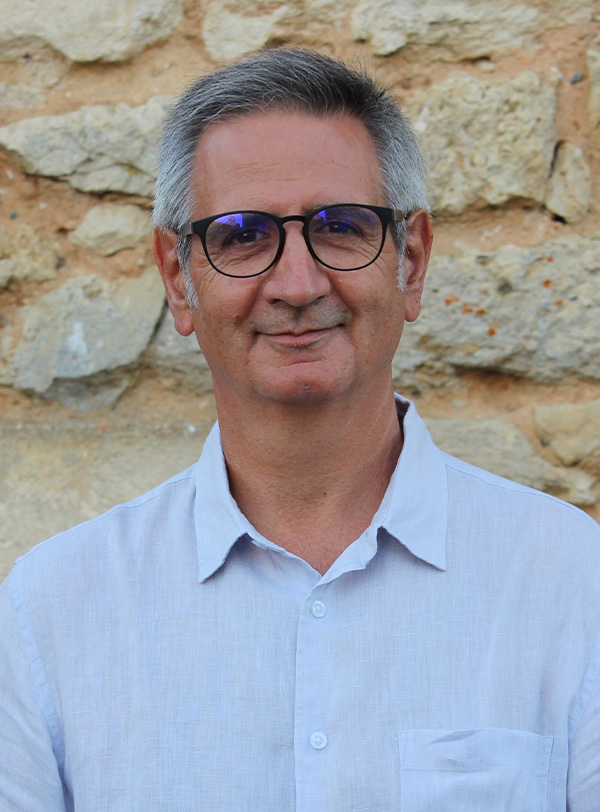
Alain
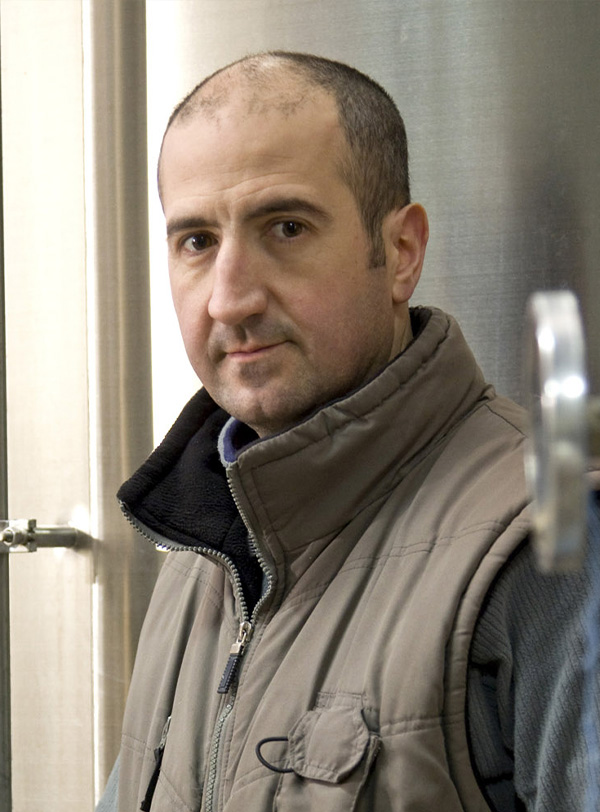
Christophe
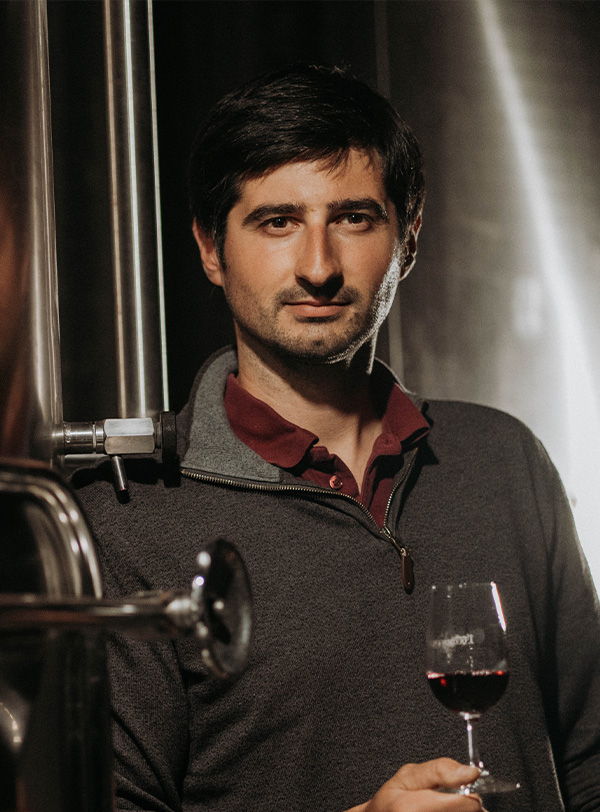
Jean-Yves
